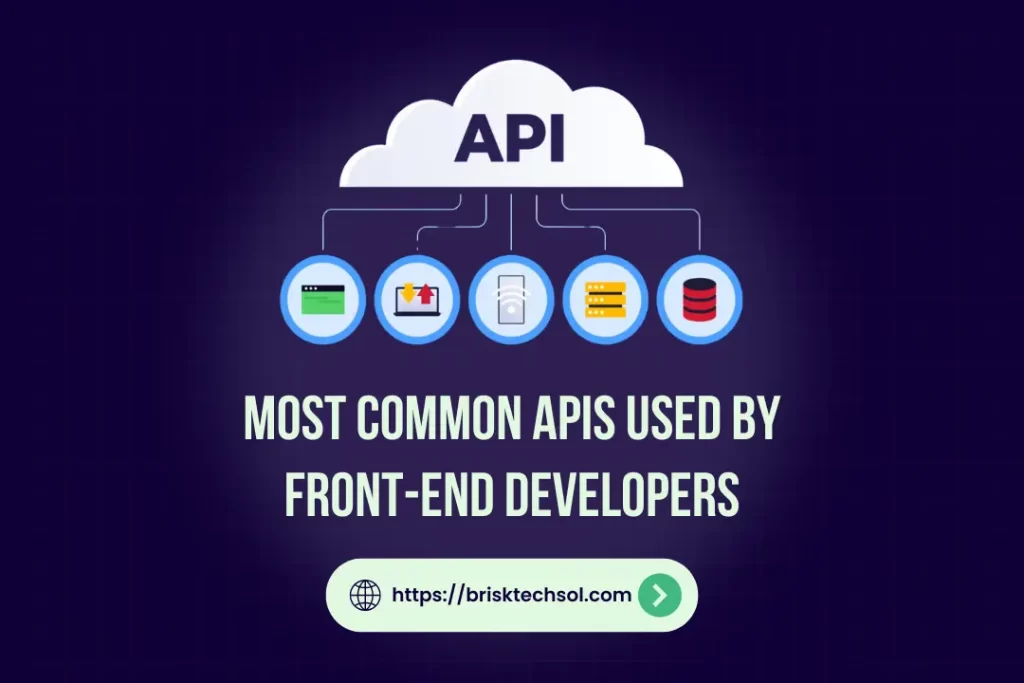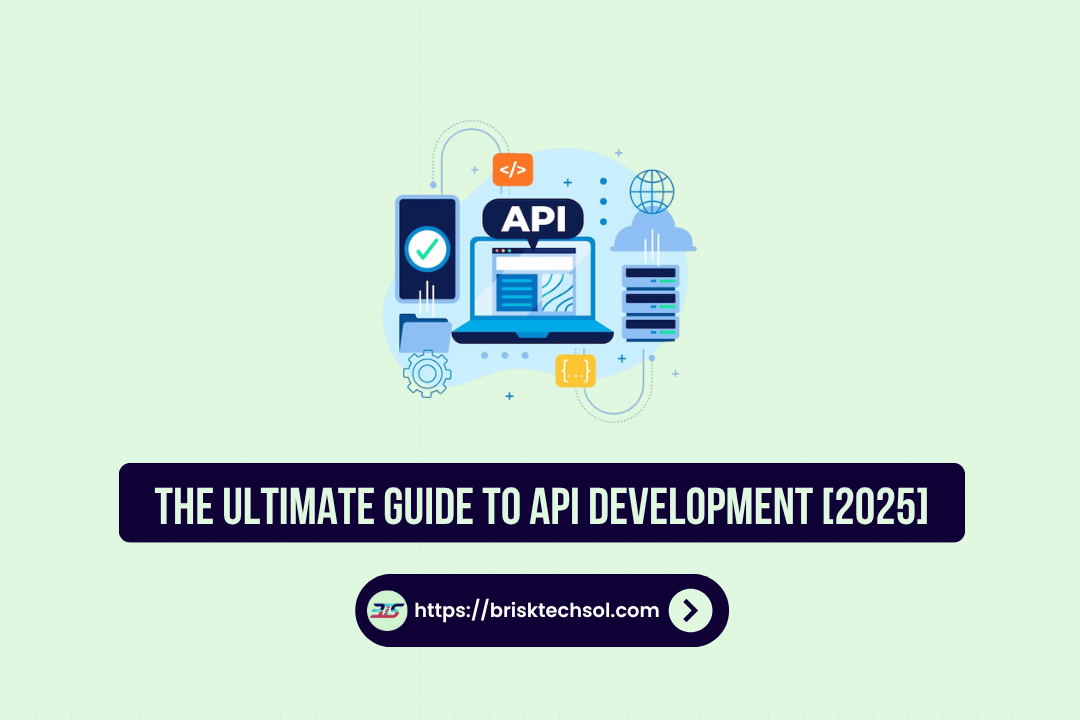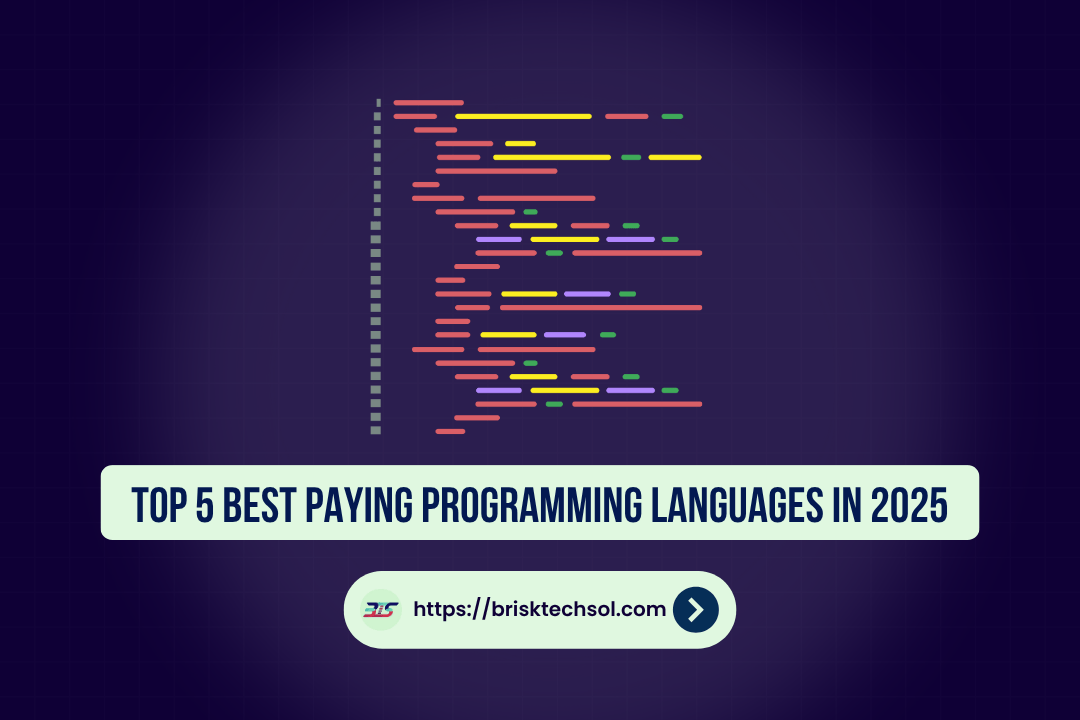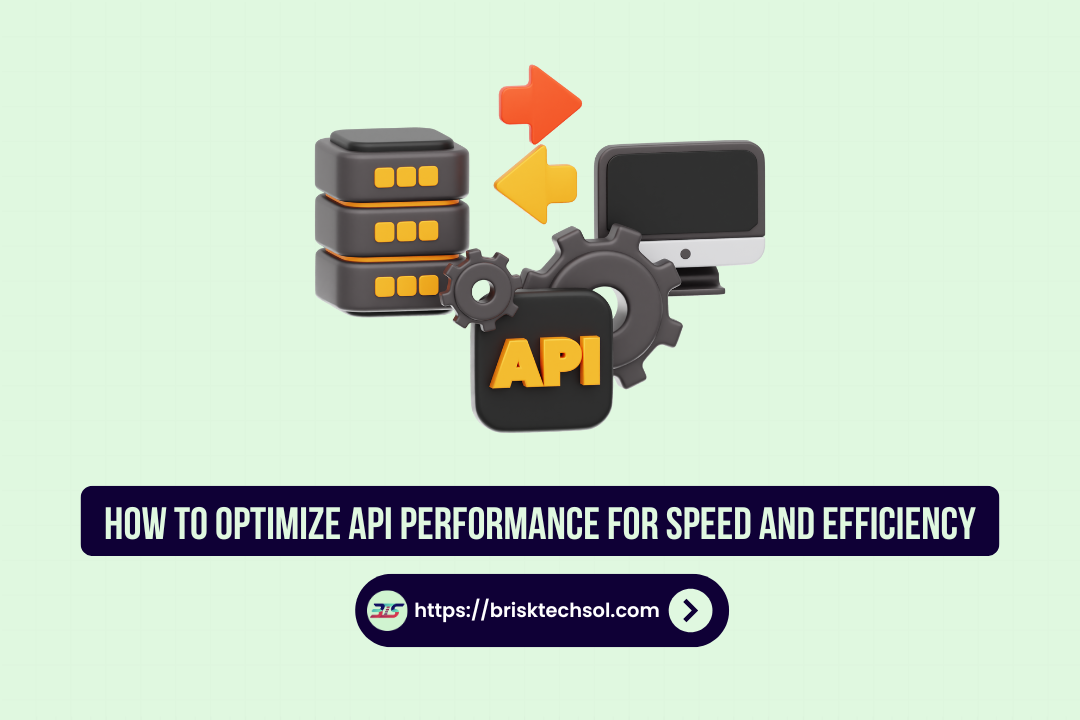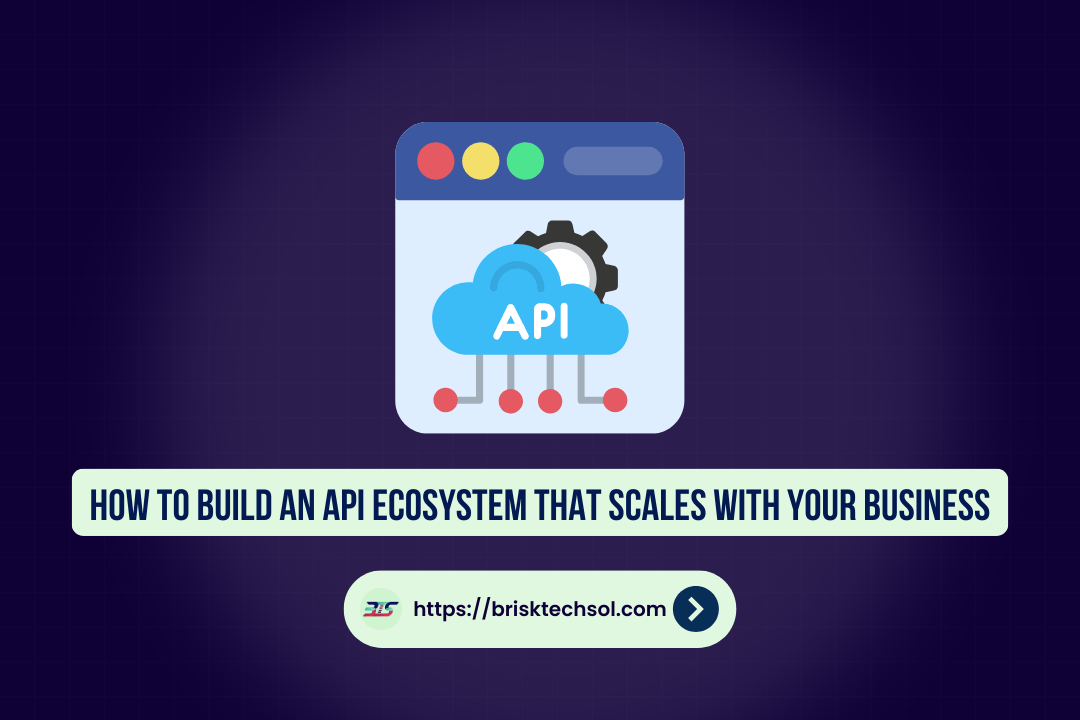APIs, or Application Programming Interfaces, are essential tools for front-end developers, enabling efficient communication between applications and servers. They power dynamic, data driven features, from fetching information to enabling real time updates. Here’s a look at the most common APIs front end developers use today to create interactive and responsive web applications.
Essential APIs Every Front End Developer Should Know
1. RESTful APIs
REST (Representational State Transfer) APIs are among the most widely used APIs in web development. These APIs allow developers to perform CRUD (Create, Read, Update, Delete) operations by sending HTTP requests to a server. REST APIs are particularly popular due to their statelessness, flexibility, and ease of integration with most front-end frameworks.
Example
2. GraphQL APIs
Unlike REST, GraphQL allows clients to request only the data they need, making it more efficient in terms of bandwidth and performance. GraphQL has gained popularity for its flexibility, especially in complex applications where multiple resources are queried simultaneously.
Example
3. JSON APIs
JSON (JavaScript Object Notation) APIs are designed to facilitate data transfer between a client and a server. JSON’s lightweight format makes it ideal for exchanging data in a structured manner, and JSON APIs are often used in tandem with REST and GraphQL for data serialization and deserialization.
Example
4. Fetch API
The Fetch API, built directly into modern browsers, allows developers to make network requests similar to XMLHTTPRequest but with a more powerful and flexible promise-based structure. Fetch is now the standard way to handle HTTP requests and offers greater control over request and response data.
Example
5. WebSocket API
WebSocket API is ideal for applications requiring real-time communication, such as chat applications and multiplayer games. Unlike HTTP, which is unidirectional, WebSockets allow for full-duplex communication between client and server, enabling instant updates.
Example
REST vs. GraphQL
REST and GraphQL are both widely used in front-end development, but each has unique characteristics that suit different project needs. Here’s a comparison table to highlight their main differences:
| Feature | REST API | GraphQL API |
|---|---|---|
| Data Retrieval | Multiple endpoints for each resource (e.g., /users, /products) | Single endpoint for all queries |
| Response Format | Fixed, predefined format | Customizable fields based on query |
| Efficiency | May over-fetch or under-fetch data | Only retrieves requested data |
| Structure | Stateless, CRUD-oriented | Query language for flexible data requests |
| Learning Curve | Easier for simple applications | Requires more setup but offers advanced control |
| Best For | Simple CRUD operations and smaller applications | Complex, data-heavy applications requiring flexibility |
Key Point
Popular Third-Party APIs for Front End Projects
1. Google Maps API
The Google Maps API is a versatile tool that allows developers to embed maps, create custom markers, and add geolocation features to web applications. From e-commerce to travel apps, Google Maps is widely used to provide location-based services.
Example
2. Firebase API
Firebase, powered by Google, is a comprehensive platform that provides a suite of backend services for web and mobile applications. Firebase’s APIs offer authentication, real-time databases, cloud storage, and analytics.
Example
3. Twitter API
The Twitter API allows developers to fetch Twitter data, such as tweets, retweets, and user profiles. It’s a popular choice for embedding social media feeds, analyzing trends, and automating tweets.
Example
4. Payment APIs (Stripe and PayPal)
For eCommerce applications, payment APIs like Stripe and PayPal offer seamless and secure payment processing. These APIs handle sensitive information and provide developers with tools for managing transactions.
Example
5. Weather APIs
Weather APIs, like OpenWeatherMap, provide access to real-time weather data, forecasts, and historical data. They are often used in travel apps, dashboards, and websites that need to display location-specific weather information.
Example
Key Front End APIs and Libraries for Enhanced Functionality
1. DOM Manipulation APIs
DOM (Document Object Model) APIs enable developers to interact with and modify HTML and CSS on the fly. Libraries like jQuery make DOM manipulation even easier and are widely used to create interactive and responsive UI elements.
Example
2. Geolocation API
The Geolocation API gives access to a user’s location, which can be used in applications for mapping, navigation, and location-based recommendations.
Example
3. Device APIs
Device APIs provide access to device-specific features such as the camera, microphone, and storage. These are particularly useful in progressive web apps (PWAs) and mobile-first applications.
Example
4. Animation Libraries and APIs
Animation libraries like GSAP and Web Animations API help developers create engaging and smooth animations, enhancing user experience.
Example
Best Practices for Using APIs in Front End Development
- Error Handling: Proper error handling in API calls ensures the app remains functional even if a request fails.
- Request Management: Throttle or batch requests to manage server load and prevent API abuse.
- API Security: Protect sensitive data by keeping API keys hidden and using secure transmission protocols like HTTPS.
The Future of APIs in Front-End Development
APIs continue to grow, with trends pointing toward GraphQL, WebAssembly, and serverless APIs. Front-end developers are encouraged to stay updated on the latest API innovations, as these tools will only expand in capabilities and importance.
Conclusion
APIs have changed front-end development by offering developers the tools to create responsive, data-driven applications. Mastering common APIs, from RESTful to third-party APIs like Google Maps, allow developers to build feature rich user experiences. As the API ecosystem continues to grow, front-end developers will benefit from staying updated on growing trends and tools.
FAQs About Common APIs for Front End Development
Q1. What is REST API for front-end developers?
REST API lets front-end apps interact with servers using HTTP methods like GET and POST, making data retrieval and updates easy.
Q2. What is the most commonly used API?
The Fetch API is widely used for front-end data requests, along with REST APIs for flexible server communication.
Q3. What are some commonly used APIs for front-end projects?
Popular APIs include RESTful APIs, Google Maps API, Fetch API, and Firebase.
Q4. How can I integrate third-party APIs into my front-end code?
Third-party APIs can typically be integrated by including their SDK or library, configuring API keys, and making HTTP requests.
Q5. Do front-end developers work with APIs?
Yes, front-end developers use APIs to fetch data, update content, and make web applications interactive.


